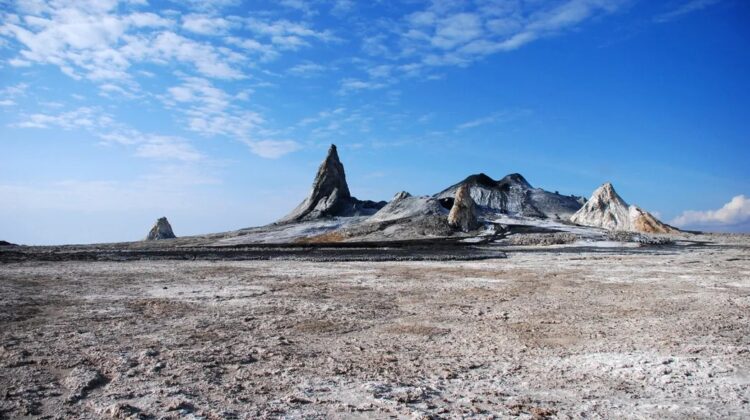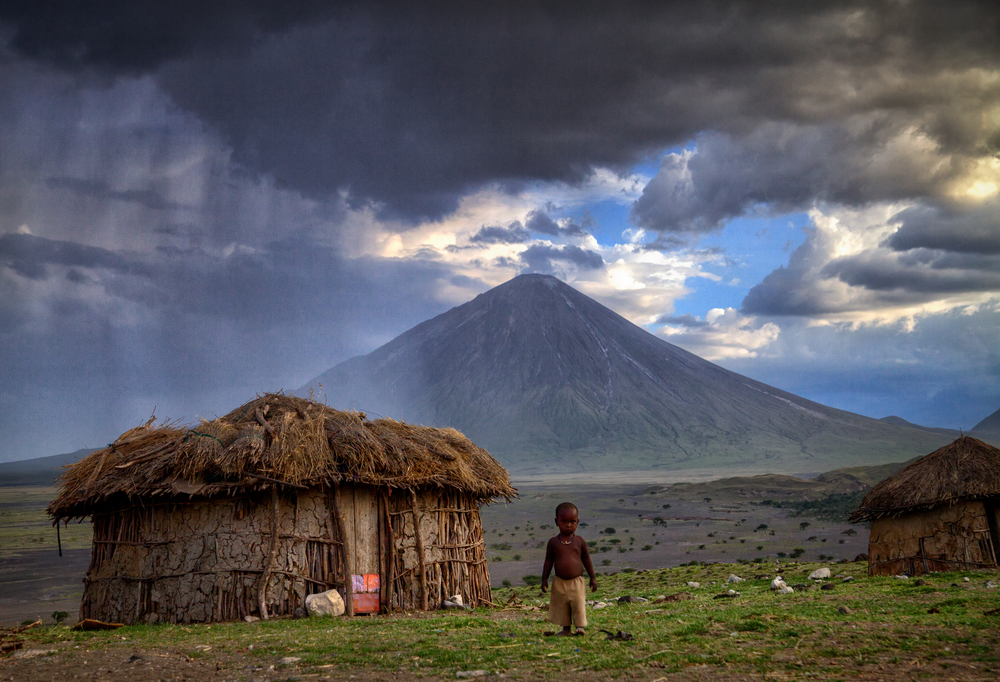
There is no contest: Tanzania has the strangest volcano on the planet. Ol Doinyo Lengai, which means “Mountain of God” in Maasai, erupts lava so cold that someone once fell into it and lived.
Its lava erupts at temperatures that never surpass 510°C (950°F), which is far lower than the minimum for basalt (1,000°C/1,832°F), one of the most prevalent lava types on the world. It’s so cold that it’s virtually always black, since there’s not enough heat radiating out from it to make it seem red.
During an expedition in 2007, a native Maasai porter slipped into one of the crater’s active lava flows. He was able to climb out, despite the fact that one of his arms and both of his legs were seriously burnt and he had to be hospitalized. As terrifying as this is, he is the only person who has ever plunged into lava and survived.
Its viscosity, which measures how “gloopy” it is, is likewise bizarre. Because it lacks the framework-forming molecular chains of silica, this strange lava flows like water, forming meandering “rivers” and easily spilling down slopes.
Most lava moves across a level plateau at rates that rarely surpass 10 kilometers per hour (about 6 miles per hour), making it easy to simply walk out of its path. Ol Doinyo Lengai’s lava can easily outrun a human’s sprinting speed, thus it’s a good thing it rarely erupts in a violent, massive eruption.
The lava erupting from this strange structure is known as a “carbonatite,” and unlike other lavas, it includes a lot of alkali elements – calcium and sodium in particular – as well as a lot of dissolved carbon dioxide. This lava is classified as a “natrocarbonatite” because to its high sodium content.
Because the melting point of all of these chemical chains is far lower than that of silicate lavas, it erupts so coolly. This combination causes fiery jets of black lava to flash into the sky on occasion, freeze in mid-air, and shatter into bits that drift away in the wind.
This volcano stands at the point where the African continent is splitting apart, and the infernal mantle is rising to fill the void. Carbonatite lava may be found in a few sites across the world, but the East African Rift has one-third of all carbonatite volcanoes.
It’s unknown why this specific combination of elements is so common in Ol Doinyo Lengai, but the leading explanation is that a conventional magma grew so concentrated in these elements that they separated and couldn’t mix properly – like oil and water – and a new magma type was produced.
This volcano did not always produce strange carbonatite lava, but it’s really a fortunate thing for modern people that it does. According to Wired, this lava type includes a high concentration of rare earth elements, which are essential components of contemporary electronics.
In fact, even when it erupts explosively and emits an ash cloud, this volcano is quite unthreatening. The most recent happened in 2008, and it caused little disruption. It’s really pretty valuable for archaeologists, despite being roughly 370,000 years old.
This volcano has long been visited by prehistoric humans and even some of our evolutionary predecessors. When it erupts violently, ash blankets the region, hominids walk on it, and their footprints are frequently recorded for all time.


Leave a Reply